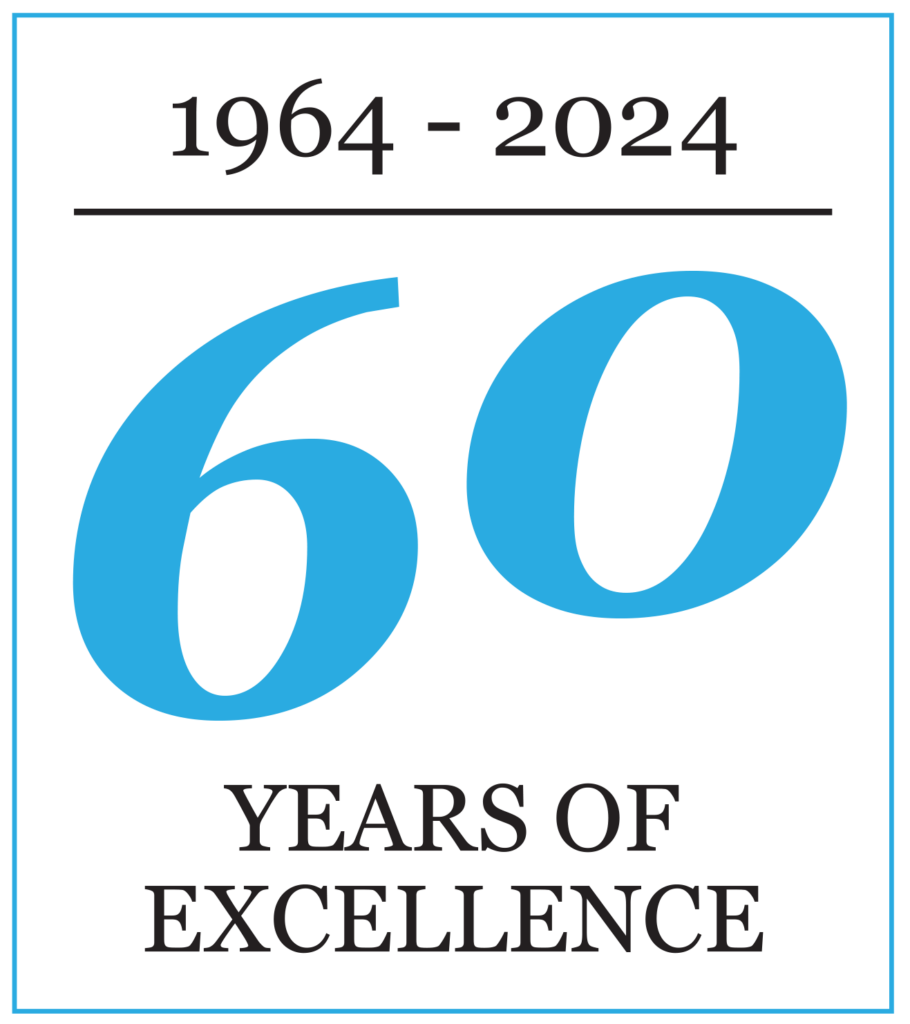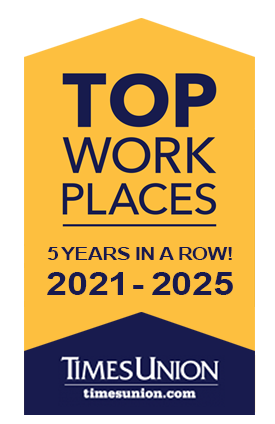“If you build it, they will come.” That may have been true of a baseball diamond carved our of an Iowa cornfield in the 1989 movie The Field of Dreams, but the concept is not necessarily applicable to Downtown Revitalization. As we move towards improving our community centers, the question has become – “What should we build so that they come?”
Part of this historically higher rate of taxation is due to the fact that New York has many more local governments and agencies than most states. In fact, New York has over 10 percent of its working population occupying local government positions, compared to the national average of 7 percent. Employment-wise, local governments across the country utilize 30 percent less people to run them than in New York. The cause is fairly clear- there are too many governmental and taxing entities. While placing governance at the local level is good for many reasons- it allows more direct control by denizens, creates a stronger sense of community, and creates a government more quickly responsive to public needs, to name a few- it weakens governments’ ability to reach economies of scale necessary to achieve cost savings on services. This means higher taxes to cover those higher costs. Since most individual municipalities in New York are too small to support large-scale service systems, savings enjoyed by larger governments are not available to them.
The high taxes necessary to sustain this form of government creates a very real disincentive to businesses. A company can pay employees less in Pennsylvania than in New York, and yet still provide the same amount of take-home pay. Companies can relocate across the border and use this competitive edge to increase profits, attract high quality talent at a lower cost, or decrease production costs.
REDUCING PUBLIC COSTS WHILE MAINTAINING HOME-RULE
For some time, state and local officials have been aware of the high costs of duplicated governmental services. In recent years, they have responded to these concerns by providing opportunities that encourage intermunicipal planning and shared services among municipalities, counties, and school districts. Intermunicipal cooperation allows neighboring municipalities to develop a shared vision and to coordinate on various planning issues. Cooperative planning can help municipalities not only address increasing municipal service costs, but also those issues that cross municipal boundaries (i.e., growth management, infrastructure provisions, preservation of natural and historic resources, and economic development). Local governments can work together to formulate consistent and comprehensive strategies that can potentially lead to cost savings by sharing resources and responsibilities.
Sharing services is a proven way to lower costs and increase fiscal and operational efficiency. Cooperating with a neighboring municipality, with the local school district, or the county government can produce direct savings in the costs of providing those services. Higher service levels, optimization of facilities, and increased accountability are additional advantages. By streamlining government operations, savings can be returned to residents through lower local property taxes. Lower taxes, improved services, and larger infrastructure capacities all help to make communities more attractive to businesses, too. Please note that cooperation and coordination does not necessarily mean consolidation.
GETTING STARTED-PLANNING FOR SHARED SERVICES
Local governments examining their potential for shared services must start by considering these four key elements:
- Existing and future services and operations within the local community.
- Potential opportunities.
- Potential partnerships.
- Potential partners.
IDENTIFY SERVICES
First, local governments must review existing inventory and infrastructure for all services and operations. This may include personnel as well as fixed assets. The next step is to prepare a multi-year budget expense review, taking future demand and capacity into account. Comparing this budget to comparable services provided by neighboring locales and trying to determine the cause of any cost differentiation is a very informing exercise. Compiling all of this information as a resource for identifying current and future needs as well as the costs of meeting them becomes the basis for identifying opportunities.
IDENTIFY OPPORTUNITIES
Services or operations that can be successfully shared between governments are identified in a number of ways. The inventory of existing operations and services provides a useful place to start. All services and operations can be considered initially, whether they are more, less, or equally expensive relative to other municipalities. Differences in price may mean a locality has efficiencies others lack and are unable to attain. If they are equally expensive, it may mean consolidation of services would provide some economy of scale for both or all communities. Weed out those operations that appear least beneficial or feasible.
It is important to consider whether or not existing and forecasted expenses will outstrip the local government’s capacity. Many local governments in upstate New York are struggling to maintain
current services and operations. If the population is expected to increase or expensive overhaul of infrastructure is anticipated, the best option may be to work with neighboring communities on
that potentially problematic sector.


